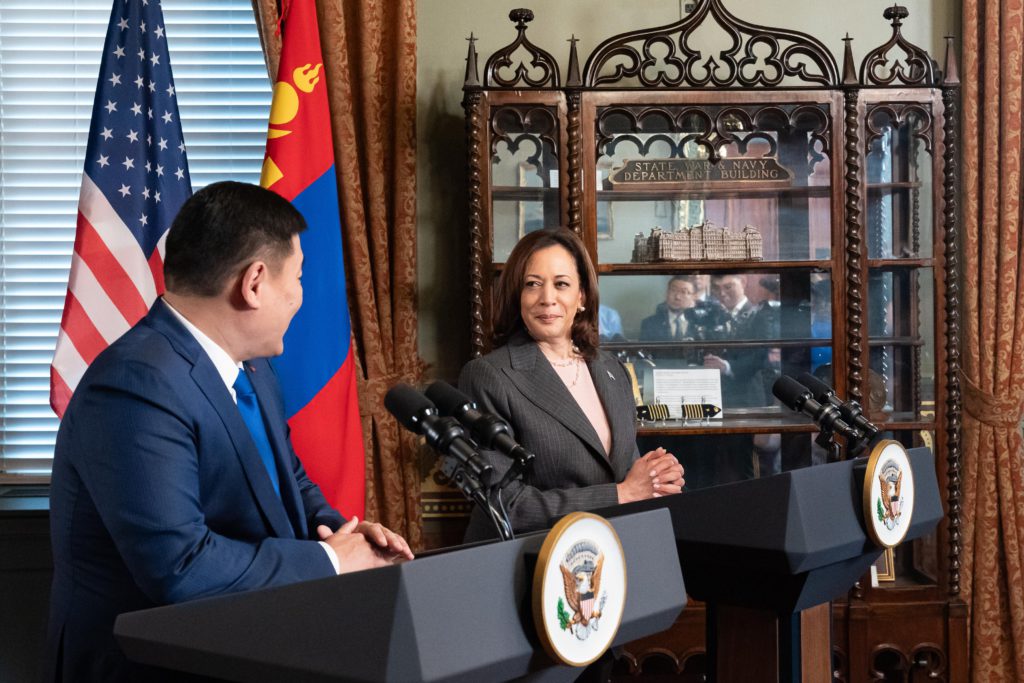
US and Mongolian officials this week discussed “creative ways” to ensure the landlocked country, dependent on goodwill from its neighbors China and Russia, could get critical minerals onto the world market, a US State Department official said on Friday.
Prime Minister L. Oyun-Erdene told Reuters on Wednesday after meeting US Vice President Kamala Harris in Washington that Mongolia would deepen cooperation with the United States on mining rare earths and other minerals with high-tech applications.
On Friday, he met with US Secretary of State Antony Blinken and signed an “Open Skies” civil aviation agreement, and both sides pledged further economic cooperation.
A US State Department official briefing reporters said the national carrier MIAT Mongolian Airlines would be able to fly direct to an as-yet-undecided US airport by next year.
The two sides also discussed how to follow up on a memorandum of understanding signed in June by the State Department and Mongolia’s ministry of mining and heavy industry.
“The many discussions that we’ve had over the last few days were talking about specific areas where we can help Mongolia understand what it has, ways where it can extract it, and ways where it can produce it,” the official said.
“We certainly are eager to help the Mongolians find creative solutions by which it can help take more control over mining, exploring, extracting and producing critical minerals and rare earth elements.”
Asked about how to ensure that Mongolia could exporting such commodities without hindrance, the official said it was in a “tough geopolitical situation”, being landlocked. “So we talked about … very creative ways where we can get that … available to the market.”
Rare earths and copper are vital for high-tech applications, including defense equipment, and for US President Joe Biden’s efforts to electrify the auto market to help stave off climate change.
The United States is keen to secure sources beyond its main global rival, China, which last year accounted for more than 70% of world rare earth production.
(By David Brunnstrom and Simon Lewis; Editing by Kevin Liffey)
Comments